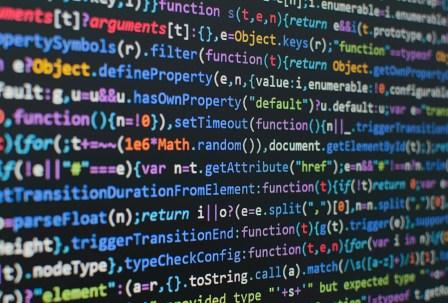 “Unsafe code” in the context of programming typically refers to code that deviates from the safety features provided by the programming language and can potentially lead to undefined behavior, memory corruption, or other security vulnerabilities. This term is commonly associated with languages like C and C++ where the programmer has a high degree of control over low-level details, but this control comes with the responsibility to manage memory and other resources explicitly.
“Unsafe code” in the context of programming typically refers to code that deviates from the safety features provided by the programming language and can potentially lead to undefined behavior, memory corruption, or other security vulnerabilities. This term is commonly associated with languages like C and C++ where the programmer has a high degree of control over low-level details, but this control comes with the responsibility to manage memory and other resources explicitly.
Here are some key aspects of unsafe code:
Memory Manipulation
Unsafe code often involves direct manipulation of memory, including explicit allocation and deallocation, pointer arithmetic, and manual memory management. This allows for a fine-grained control over the program’s memory, but it also opens the door to memory-related errors such as leaks, overflows, and dangling pointers.
Pointer Operations
Unsafe code may include operations that go beyond the safety checks imposed by the programming language, such as dereferencing null or dangling pointers, which can lead to undefined behavior or crashes.
Type Casting
In unsafe contexts, type casting may be performed in a way that can violate type safety. This includes casting between different pointer types, potentially leading to misinterpretation of data and memory corruption.
Bypassing Language Safeguards
Certain language safeguards, like bounds checking on array accesses, are typically enforced by the language runtime in safe code. Unsafe code may deliberately bypass these checks, exposing the program to risks such as buffer overflows.
Concurrency and Thread Safety
In languages that support multithreading or concurrency, unsafe code may involve operations that could lead to race conditions, data races, and other synchronization issues.
External Library Interactions
Interacting with external libraries or system-level APIs that do not adhere to the safety guarantees of the programming language may necessitate the use of unsafe code. This is often seen in scenarios where performance or system-level access is prioritized.
It’s important to note that the use of unsafe code is a powerful tool that should be approached with caution. While it provides flexibility and control, it also shifts a significant portion of responsibility to the programmer. Mistakes in unsafe code can result in difficult-to-diagnose bugs, security vulnerabilities, and unpredictable program behavior.
Modern programming languages often include a mix of safe and unsafe constructs, allowing developers to choose the level of control and safety they need for a particular task. Programmers should exercise caution and carefully review and test unsafe code to minimize the risk of introducing errors or security vulnerabilities into their software.
